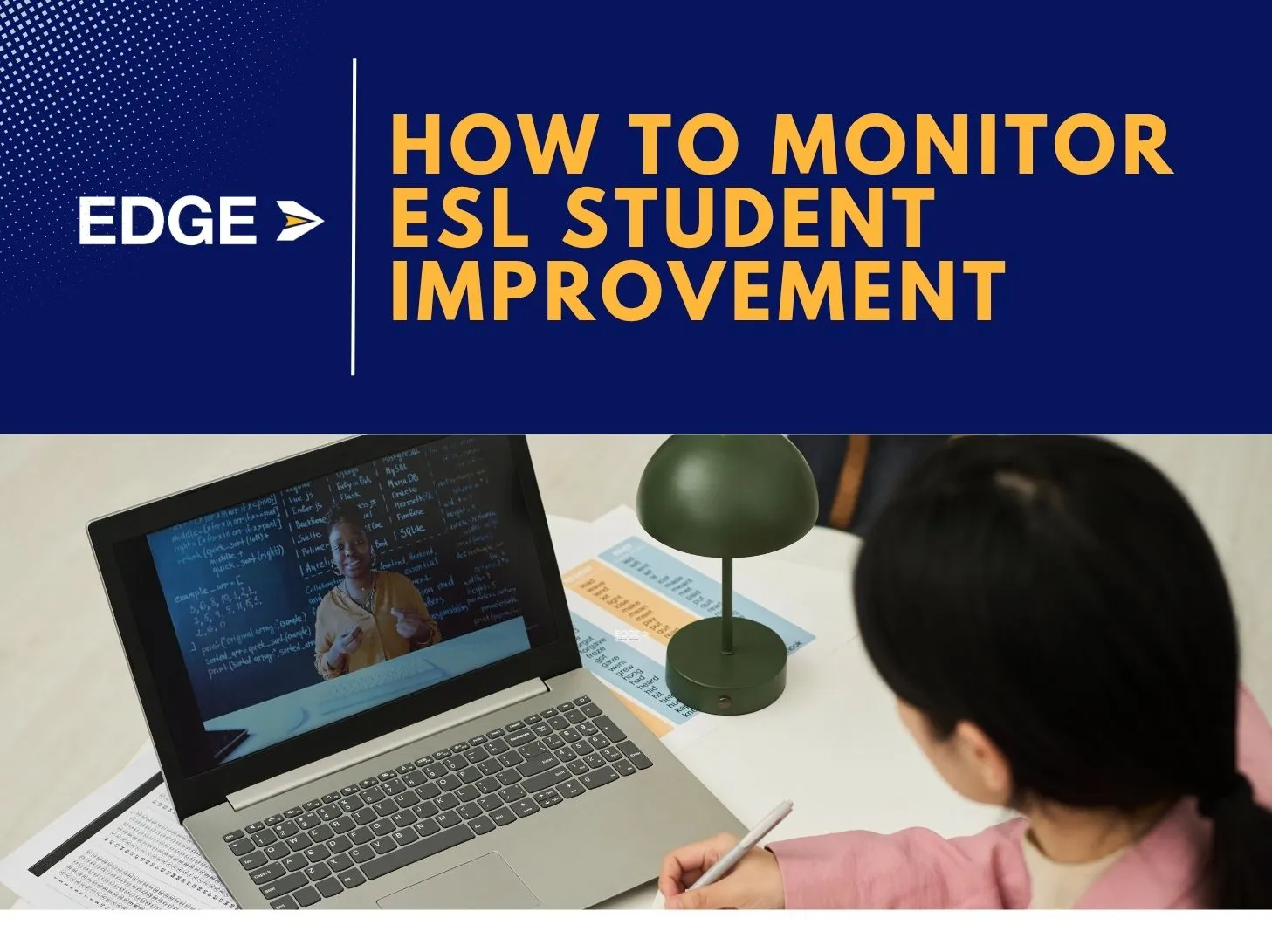
Tracking student progress is one of the best teaching practices. It is also the heartbeat of effective ESL education. When tutors can measure and communicate how a learner is growing, they unlock a path to motivation, accountability, and real transformation. In this guide, we’ll show you how to turn observation into outcomes, and feedback into fuel for student success.

ESL progress follows a path that blends linguistic mastery with personal confidence. Whether your student is just beginning or nearing fluency, knowing the benchmarks at each level (A1 to C2 in the CEFR scale) allows you to spot key shifts in language usage, comprehension, and self-expression. Keep an eye out for:
Emotional signs matter too. Engagement, eye contact, and even laughter often indicate rising confidence.
Progress monitoring doesn’t need to be complex. These are your most effective tools:
Consistency is key. Make tracking part of your weekly rhythm.
The most impactful feedback is timely, personalized, and actionable.
Tailor your tone: young learners thrive on encouragement; adults appreciate clarity and structure. Ask reflective questions: "What do you think you improved today?"
Clear and consistent communication of student progress builds trust and strengthens your value as a tutor. Keep your reports straightforward, visual, and honest. For younger learners, try using traffic light systems or simple graphs to illustrate growth. Share specific student examples or direct quotes to humanize the data. Always lead with strengths before discussing areas for improvement. Recognizing even small wins, like moving from one-word answers to full sentences, can make a big impact and increase student retention.
Progress tracking for your growth too as much as the students’. Regularly review student performance data, ideally on a monthly basis, to identify trends and common challenges. These insights can guide your lesson planning, resource selection, and instructional strategy. If students consistently struggle with listening comprehension, you can prioritize audio-based activities. Furthermore, you can repurpose class data to build case studies and ESL student success stories, powerful tools for showcasing tutoring outcomes and growing your credibility.
Monitoring ESL student improvement is more than a metric. It’s also a mindset. It empowers tutors, motivates learners, and builds a bridge between instruction and transformation. At EDGE Tutor, we believe in the power of tracking progress consistently, delivering strategic feedback, and communicating results with clarity. This approach has helped us celebrate countless ESL student success stories while strengthening our global community of learners.
Want to be part of a purpose-driven team committed to delivering real outcomes? Join EDGE Tutor and help shape the future of language learning, one breakthrough at a time.